I made a stereo amplifier on a PCB which is two of the following circuit.
One channel amplifies the audio decently, but the other channel has NO sound regardless of how loud I make the input.
My sound source for testing is the earphone jack of my computer. I have tested each channel independently and have confirmed that one channel does not work.
I have set my multimeter to diode mode to check for obvious short circuits and could not find any. I also could not find any disconnections.
One source online stated to look for an open PN junction on transistors but when I measured some transistor connection points, I get numbers that constantly change (probably due to the bootstrap capacitors).
Is there a way I can figure out what part to replace using my multimeter before I start taking the whole board apart and replacing everything (possibly including parts I didn't need to replace in the first place)?
I attached the circuit for reference and the sim confirms that the circuit can amplify sounds. Yes 6V is low-ish but I'm testing with batteries so I don't explode parts.
